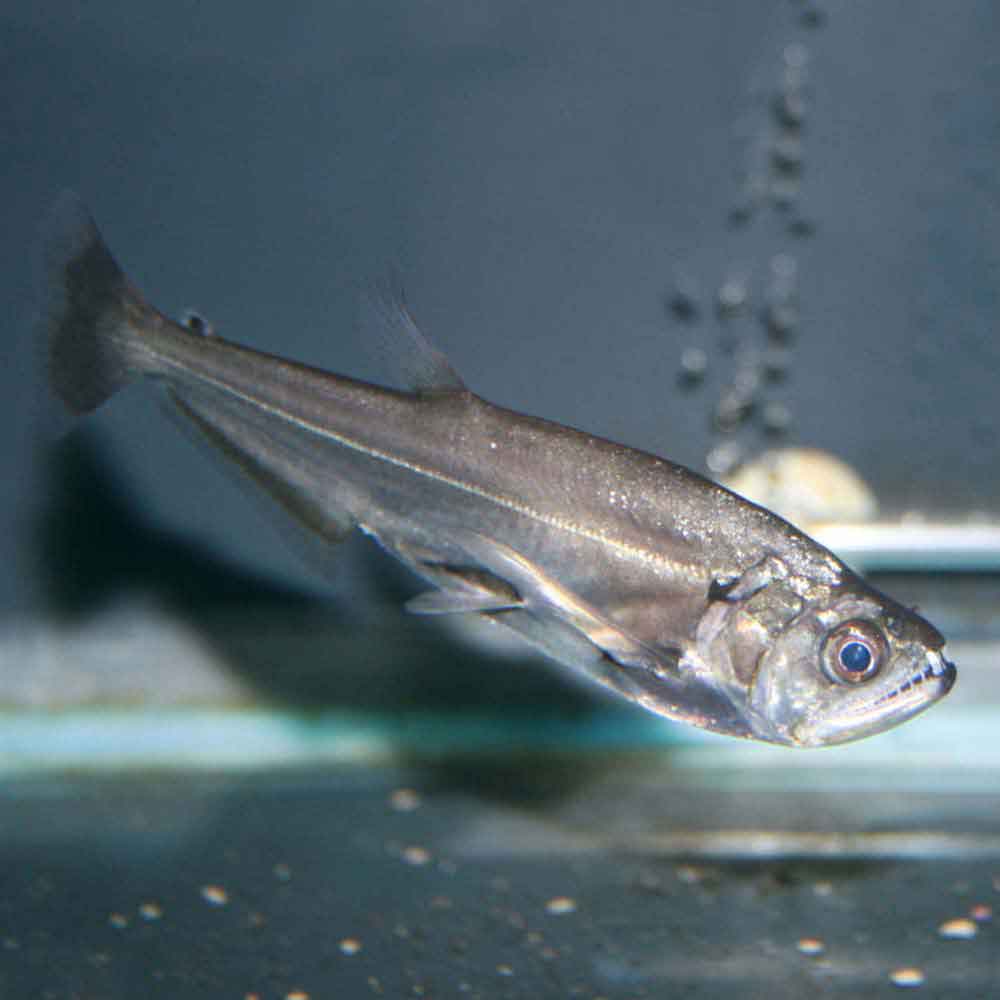

On top of their heads, you’ll notice large bright yellow eyes! It’s believed that these crabs got their name due to the foreboding look their eyes and dark purple bodies create. That’s not the only interesting thing about these crabs! Creamy white spots often litter their carapace as well, creating a very stunning look. With some specimens, the claws take on a lighter pink hue. The color is brightest on their legs and claws. When it comes to coloration, Vampire Crabs are one of the most fascinating creatures to observe. That said, they can still harm other small creatures. As a result, you can handle them without having to worry about pinching. Their claws are quite small and don’t open up very wide. While most crabs have powerful claws that can do a lot of damage, that’s not the case with these critters.
.jpg)
They have a total of ten legs! This includes their two big pinchers. The most interesting thing about Vampire Crabs is, without a doubt, their appearance! Their profile is similar to that of other small crabs. A poorly maintained environment can cause disease and shorten their life expectancy by quite a bit. This is the same when kept in captivity or in the wild.Īs you would expect, their lifespan is determined by several factors. The typical Vampire Crab lifespan is around 2 years at most. These crabs have some unique care requirements that you must follow to a tee if you want them to stay healthy. Thus, there’s a lot of misinformation floating around (primarily due to their semi-terrestrial nature). These are unique creatures that are relatively new to the aquarium world. However, they’ve also been distributed throughout Asia and the Western Pacific. They have been found living in Java, Sulawesi, Riau, and Krakatau. Scientifically referred to as Geosesarma Dennerle, these crabs come from small islands in the Indian Ocean. The only problem was that no one really knew where they came from! That all changed in 2006 when they were officially “discovered.” It’s believed that they have been around the aquarium trade for decades. These aptly named creatures are incredibly mysterious and have a somewhat hazy history. Instead, the vampire squid squirts a copious cloud of sticky, bioluminescent mucus toward would-be predators (and the occasional research ROV).If you’re looking for a standout crustacean for your tank, there’s no better choice than the Vampire Crab ( Geosesarma dennerle).

Nor can it change color to confuse intruders the way its shallow-water cousins can living as it does in the deep ocean, where little light penetrates, color-changing is a pointless strategy. If threatened, this defensive deep-sea Dracula does not eject ink, as do most of its cephalopod cousins. The vampire squid is an extremophile, inhabiting the dark ocean depths from 2,000-3,000 feet. Its scientific name, Vampyroteuthis infernalis, literally means “vampire squid of Hell”! While it does not suck blood like its mythical namesake, the vampire squid is a “living relic” that evolved from an ancestor of the octopus, and its lineage goes back 165 million years in the fossil record.

Its huge, bright blue eyes - proportionally the largest in the animal kingdom - dark color, and the velvety, cloak-like webbing that connects its arms give the vampire squid its common name. Originally thought to be an octopus because it lacks the two long tentacles that usually extend past a squid’s eight arms, the vampire squid possesses characteristics of both squid and octopi, and occupies its own order in taxonomy (scientific classification). The vampire squid is a small ( 12-inch-long ) cephalopod found in deep temperate and tropical seas.


 0 kommentar(er)
0 kommentar(er)
